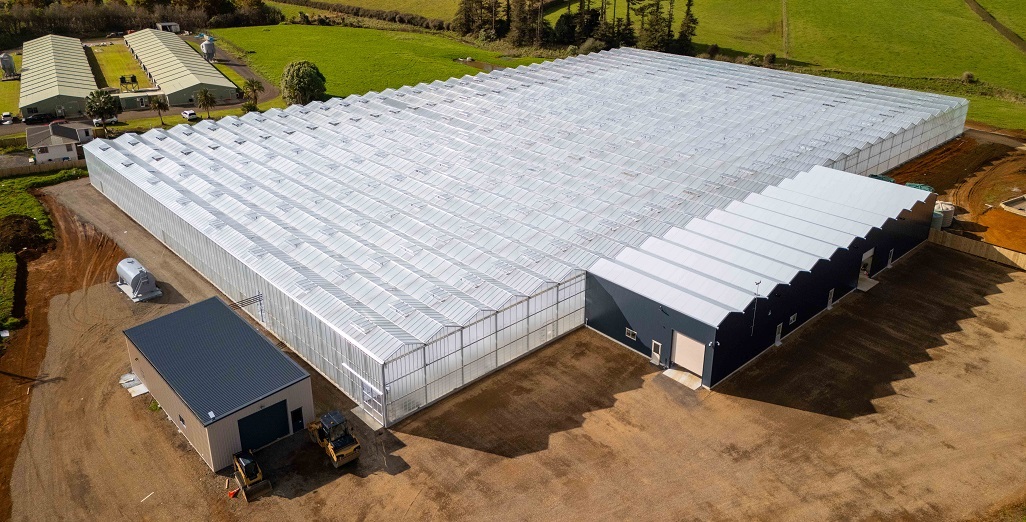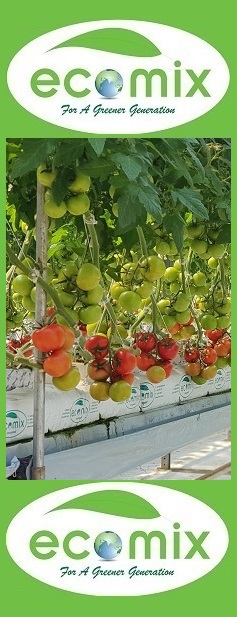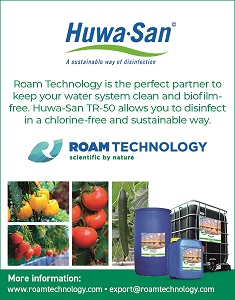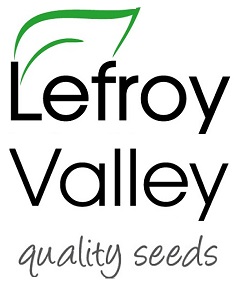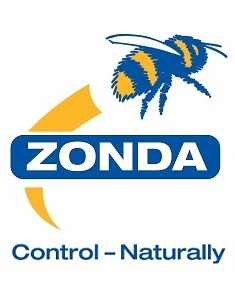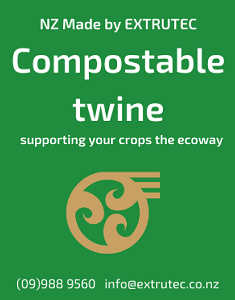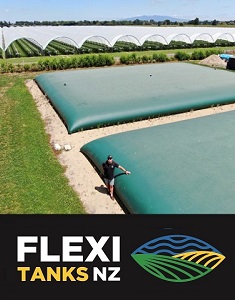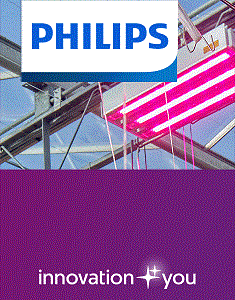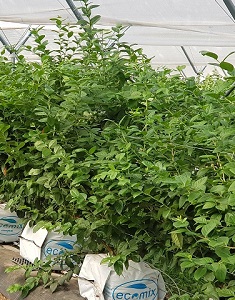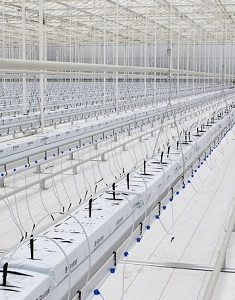Sign up here to subscribe to the Grower2grower Ezine. Every two weeks you will receive new articles, specific to the protected cropping industry, informing you of industry news and events straight to your inbox.
Apr 2021
Plant losses due to whitefly or poor root health

Terrible whitefly infestation wreaks havoc
Whitefly continues to wreak-havoc. Recently I visited a crop surrounded by outdoor solanaceous crops. It is not the fault of the outdoor grower’s; they did not build a glasshouse in the middle of an outdoor cropping zone. Neither is it the fault of the greenhouse growers – it is the risk associated with building next to other horticulture activities. However, this is an industry wide issue for all crops affected by whitefly.
The cucumber crop was infested with a vast amount of whitefly, of which I have never seen before in such a short space of time. The grower had done everything possible, using all the correct procedures and techniques available, yet due to the number, millions if not billions, of whitefly pressure, from neighbouring properties, was losing plants at a rate of knots. Sooty mould was engulfing large amounts of leaf area and seemingly healthy plants were literally shrivelling up and dying. On inspection of the root systems, it was not apparent this was from a ‘long-term’ root issue. (see fig 2 roots were showing some browning and ill effects) On further inspection of the entire greenhouse where there were areas with less whitefly infestation, it was abundantly clear there were far less plants dying. A question I asked myself was – was the barrage of whitefly weakening the plant, inviting a root infection, or the other way around?
The non-scientific conclusion I have come to is that plants hit hardest by the whitefly had a higher mortality rate. It may well be the plant’s natural defence systems were simply unable to cope with the damage the whitefly had done. My advice is to still go ahead with a laboratory root analysis, to establish exactly what root pathogen the grower was dealing with.
A root system from a plant that had recently wilted and died
Insects such as whitefly, thrips, psyllids, aphids and mites are a constant threat and exceedingly difficult to control when an outbreak occurs. Greenhouse growers are at the mercy of surrounding activities. I believe it is essential to keep working on solutions that do not involve chemical or spraying solutions. IPM is not enough, in some cases, for greenhouse growers that are subject to other growing activities on their doorsteps. Insect proofing greenhouse’s is not an option for many growers as the change to the growing environment may well be counterproductive, especially with the percentage most greenhouse rooves can ventilate. Most greenhouse roof vents allow for 20-30% of the total surface area to be opened, the figure for adequate climate control may be over 50% for different areas in the country. Retrofitting a greenhouse with insect netting is not an easy task. If alternative solutions are not forthcoming in the future, growers may have no choice but to look seriously at the feasibility of building with insect proof netting of some description.
Plants in whitefly hot spots were dying more than in areas that had less whitefly pressure
(Cover) Dead whitefly litter the leaf surface
Article written and compiled by Stefan Vogrincic
All Article’s checked and edited by Marie Vogrincic
I appreciate your comments. Please feel free to comment on the grower2grower Facebook page:
https://www.facebook.com/StefanGrower2grower/
CLASSIFIED
Subscribe to our E-Zine
More
From This Category
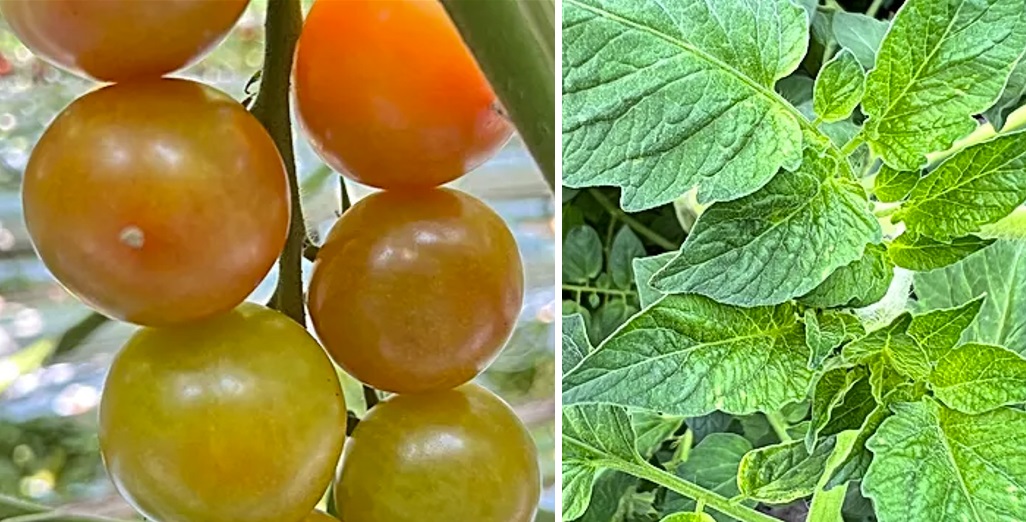
Tomato grower applies Tobre after contamination
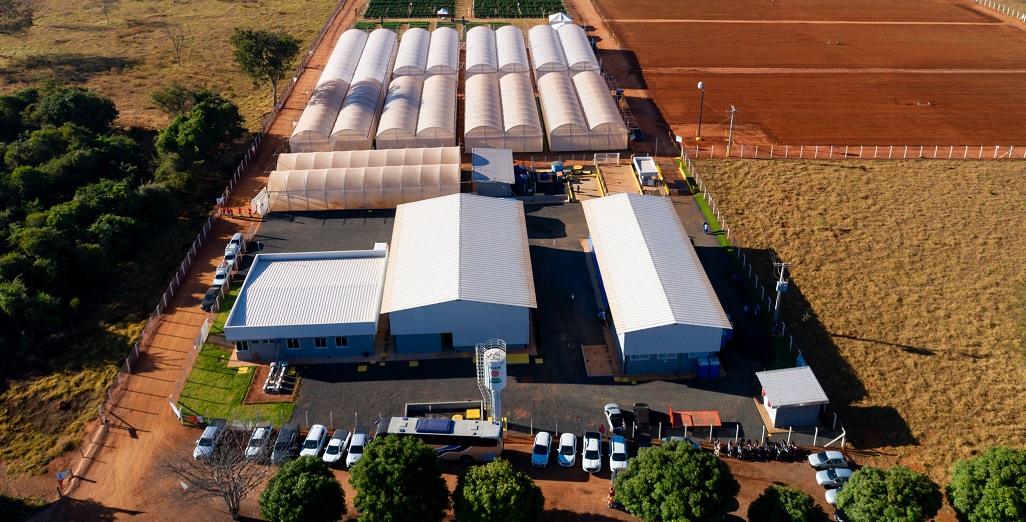
KWS inaugurates new R&D facility in Uberlândia, Brazil

John van Santen joins the management of Metazet
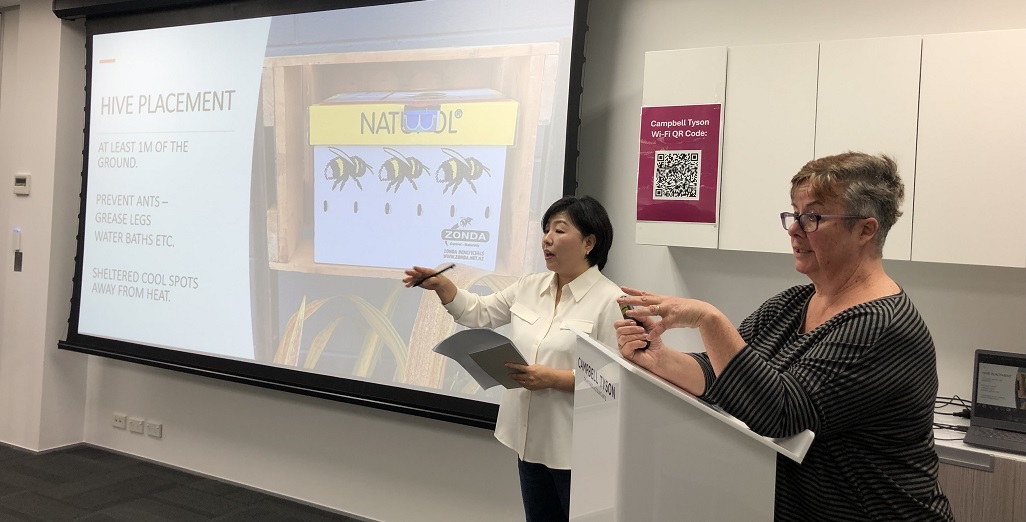
Workshop for Auckland’s Korean tomato growers held last week

Could the Global Boom in Greenhouses Help Cool the Planet?
